Automatic transmission is, without a doubt, one of the greatest inventions in the car industry. Automatic cars open a whole new era for car owners thanks to the safety it provides.
This car type is favored not only by professional drivers but also by people with basic driving skills. However, does this greatest invention provide total safety for its driver? Sadly it is not.
Contents
- 7 Mistakes To Avoid When Driving An Automatic Transmission Car
- Sliding The Vehicle Down A Slope In The Neutral Mode
- Revving The Engine Before Switching To The Gear
- Shifting Gears When The Car Is Rolling
- Keeping In Neutral At The Red Light
- Switching Into The Parking Mode Before Completely Stopping The Car
- Driving Hard Without Warming Up The Engine
- Keeping The Fuel Tank Low
- How An Automatic Transmission Works
- How to Drive an Automatic Transmission Car
- Conclusion
7 Mistakes To Avoid When Driving An Automatic Transmission Car
Even though an automatic transmission vehicle is amazingly safe, you should avoid a few things at any cost while steering the wheel. Take a look at a list of 7 mistakes that can damage a vehicle badly and put the owner on the hook for some big repair bills.
Sliding The Vehicle Down A Slope In The Neutral Mode
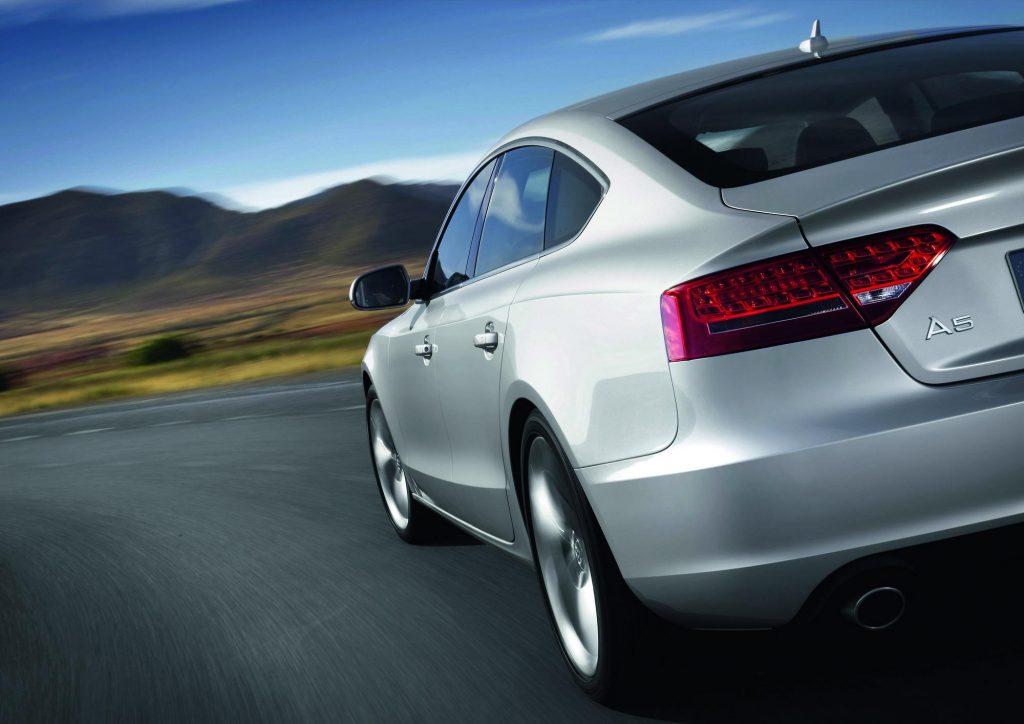
This habit won’t let you accelerate the car except for slowing it down. It cuts the oil supply, so the transmission does not get the proper lubrication for smooth operation. It results in significant wear and damage.
For that reason, we recommend discarding this habit since the repair costs aren’t worth the negligible fuel savings.
Revving The Engine Before Switching To The Gear
We all have done it as teenagers. But, don’t be that stupid because your parents are not going to pay the bills this time! It gives the transmission a massive shock that leads to more friction between the internal components, causing damage to engine parts.
Shifting Gears When The Car Is Rolling
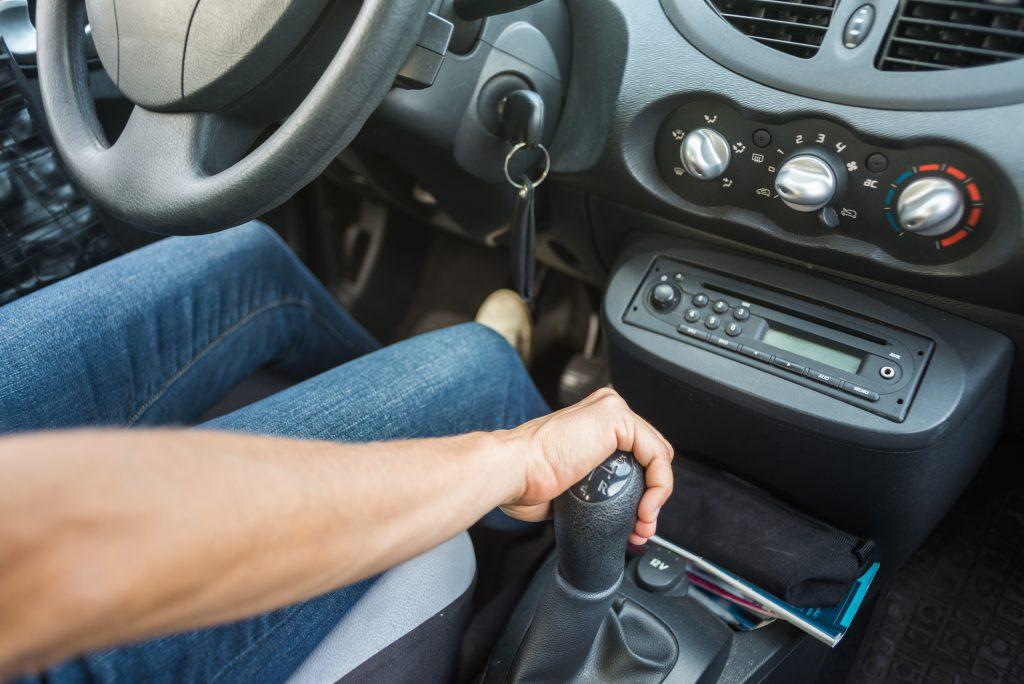
It makes your transmission components change direction rapidly, wearing out the gearbox at an astounding pace. Use your brakes instead to stop the vehicle. Some people shift into the Park without pushing the brakes, which is also bad for the gearbox.
Keeping In Neutral At The Red Light
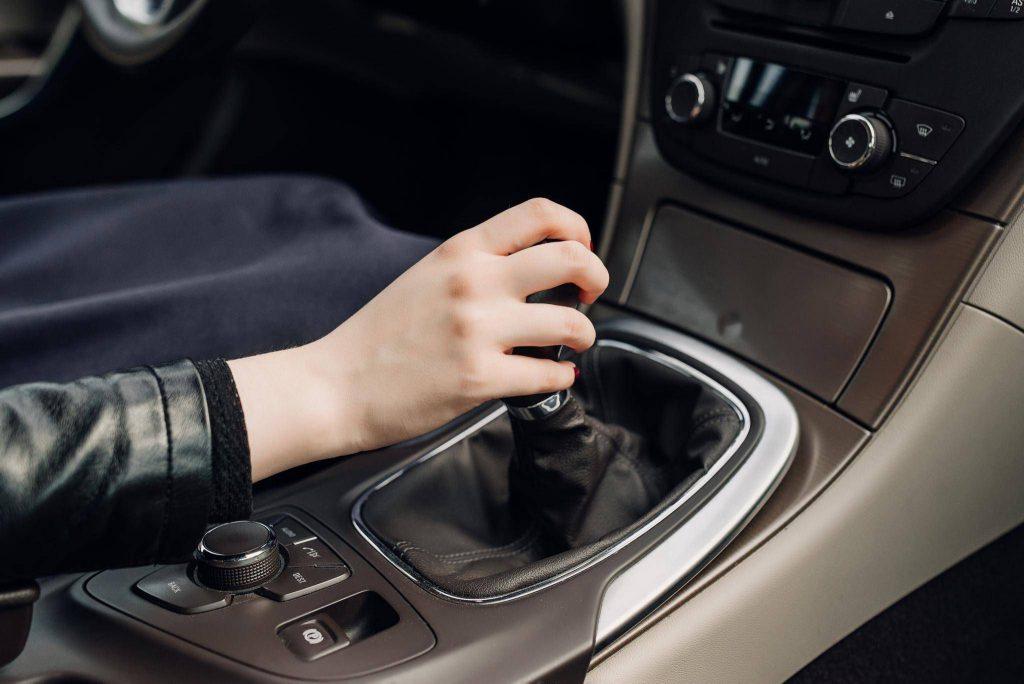
Many people do this to save fuel and protect the driveline from unnecessary wear. In fact, the loss is minimal if you push the brakes by keeping the gearbox in Drive mode. The actual damage takes place when you switch into and out of the neutral mode.
Switching Into The Parking Mode Before Completely Stopping The Car
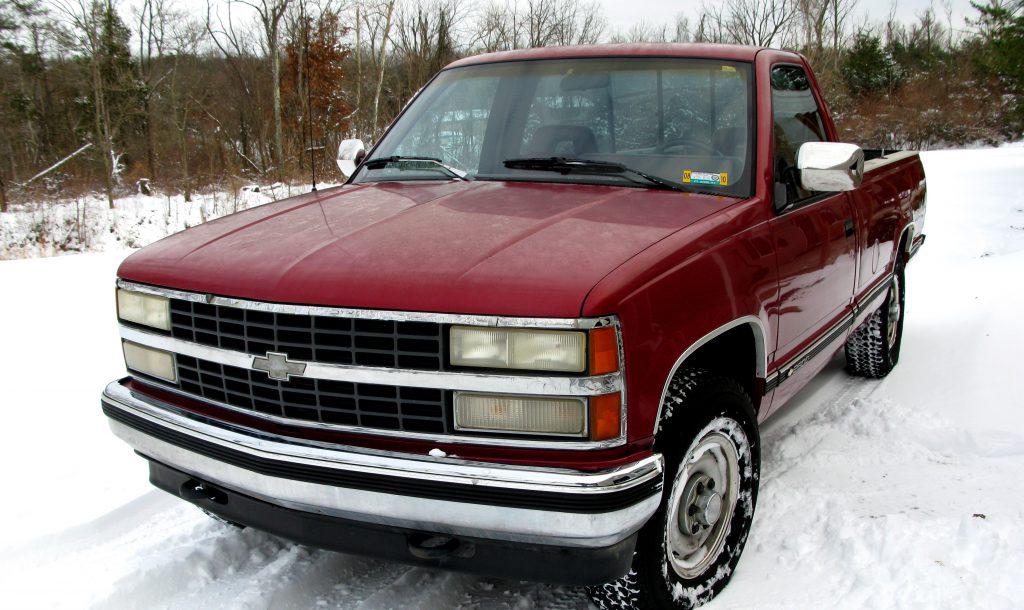
Shifting to the Park mode will cause a locking pin to be inserted into a gear attached to the output shaft of the gearbox.
The wheels are also connected to the same shaft. So, when you lock it and keep the vehicle rolling at the same time, there’s a risk of breaking the locking pin.
SEE MORE:
- 10 Things you should NEVER do with a Manual Car
- White Smoke From Exhaust: Main Causes and How to Fix
Driving Hard Without Warming Up The Engine
It’s a blunder, especially in the winter season. The oil thickens and moves slowly when the weather is cold. Give the fuel a minute to run into the transmission and all of its parts.
If you shift into gear and start driving at high speed from the beginning, it will lead to severe internal damage.
Keeping The Fuel Tank Low
An automatic car largely depends on fluid pressure to run properly. Fuel also helps a vehicle’s engine and other elements to stay cool and lubricated. So, these will wear out a lot faster if you continuously keep the tank low on fluid.

How An Automatic Transmission Works
Automatic transmission is by far one of the most powerful tools in the vehicle industry. It opens a whole new zone for car mechanics and changes the lives of many people. So how does it work?
Torque Converter
The transmission will connect with the engine at a bell housing. The part contains a converter for automatic transmission–equipped vehicles. To understand how the whole system works, let’s take a look at planetary gear sets and torque converters.
First of all, is your engine’s flex plate. This part can connect to a converter directly. So when the crankshaft rotates, the torque converter housing will also rotate along, which can connect and disconnect the power of the engine to the driven load.
Look inside the torque converter, you can see the turbine, the impeller, the lock-up clutch, and the stator. In those parts, the impeller drives the turbine, which connects to the transmission input shaft, and turns through viscous forces.
After that, the engine turns the impellers and rotates the turbine, resulting in sending torque back to the transmission. For this reason, torque converters contain a lock-up clutch that locks the converter housing with the turbine.
Planetary Gear
One of the most important parts of the automatic transmission system. Now that car owners understand how the transmission receives the power from the engine, we can now learn how the engine changes gears. Since it is quite a complicated job, we will just figure out its basic way.
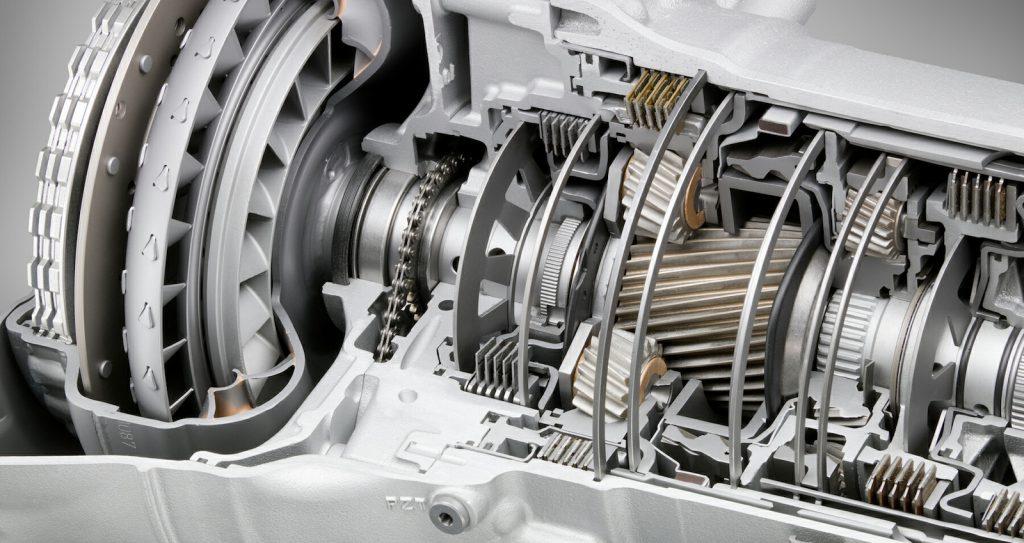
A gear set of planetary or epicyclic gear set of the automatic transmission has the setting of two sun gears in the center, one planet carrier, and two planet sets.
By doing this, the car mechanics plan to prevent components and alter both the system output and input.
After carefully calculating, you can make different gear ratios depending on what you lock, the ring gear or the sun gear. And yes, you are correct, the converter also plays an important role in driving the transmission fluid pump.
The gear pump is a rotor spin in a pump housing, which meshes with the housing. When the volume changes, the fluid will also change along. And the hydraulic control unit will send signals to lock the torque converter and change gears.
How to Drive an Automatic Transmission Car
To prevent mistakes when driving an automatic transmission car, first, you need to know how to drive one. Even though all four-wheel vehicles work the same way, car owners should know some differences.
Foot Work
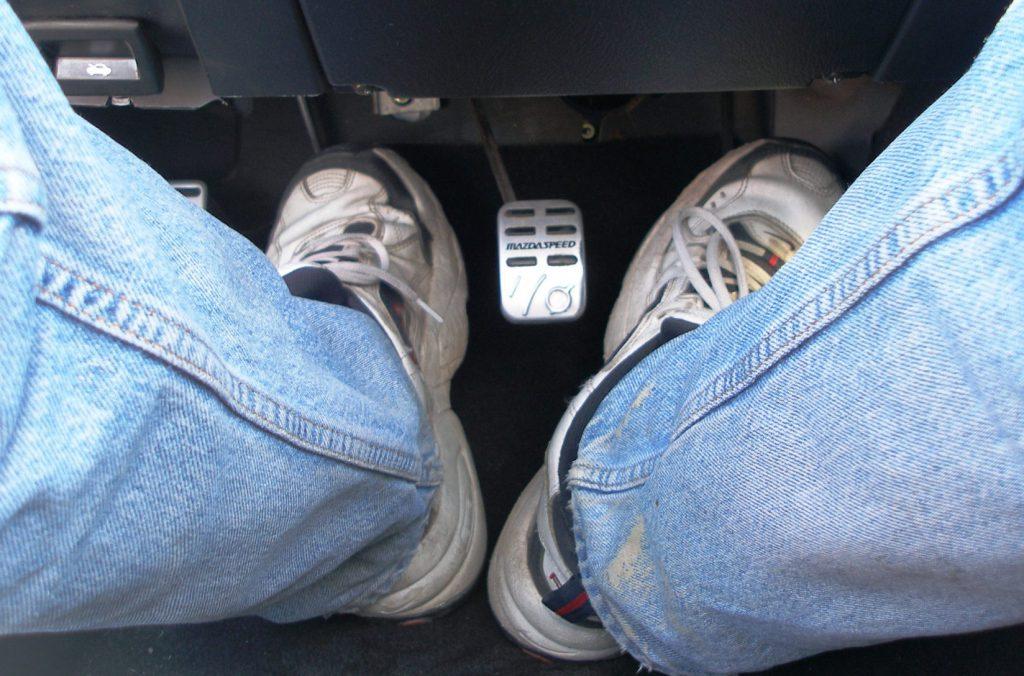
Just like driving any car, you need to understand how to use your foot in order to control the vehicle at its best. However, automatic car models don’t have the clutch pedal, just the brake and accelerator.
With new drivers, they might have some difficulties. But the basics are pretty easy: you will only use your right foot to control both of them, while your left foot will remain at rest all the time.
Starting The Car
When starting the automatic transmission car, there is something that drivers should remember. When the engine is off, the lever should be in the letter P.
And to turn it on, car owners can push the brake pedal and use the key for the ignition. Remember to shift the car gear to the D and release the brake. After these moves, the four-wheel vehicle will start moving.
Taking Turn And Changing Speed
Taking turns and changing speed when driving an automatic transmission vehicle is the same as with manual transmission. You can easily change the direction by turning the steering wheel right or left.
Along with that, car owners can press the brake and the accelerator for slowing down and speeding up respectively.
Parking

Last but not least, car owners should notice when parking.
To perform the perfect parking while using the automatic transmission vehicle, you need to press the brake pedal along with shifting the gear to the P. After that, use the ignition key to turn off the engine and headlights.
Conclusion
Gearheads may find these tips a no-brainer, but every driver is not an expert on car mechanisms. Avoiding these practices is not harder than changing some habits.
They will extend the life of your automatic transmission car, keep you safe on the road and save you a lot of money from car maintenance.
Check out for habits you should avoid when driving an automatic transmission in this video of Engineering Explained!

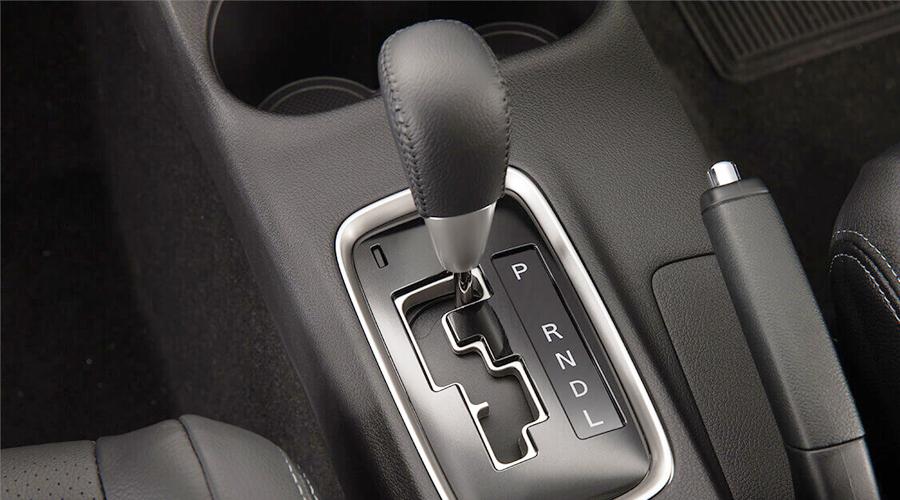


Another one is putting the car in park before pulling up the hand brake. This puts pressure on the parking gear. You will actually hear a knocking sound when you take it out of park. To avoid this pressure, put the car in neutral upon stopping, pull up the hand brake, then put the car in park.
If this hard switching from Park mode to other gear is frequently done, will this eventually damage the transmission?
By the way, your info about avoiding the knocking sound is very useful. Because its actually my problem. I always rncounter this hard switching from P and hear this knocking sound. Thank u very much.
Great article and so informative..
Very educative…Thank you
Thanks for the great advise.I usually shift my gear to neutral while sloping down hill with the intention of saving fuel not knowing the dangers i have been causing to my vehicle.
Bolches yarboclos
This is good. I have been exactly what u explained about automatic transmission. Now am going to change my harbits.
Thankyou so much for these enlightening tips. I am a driver in Nairobi Kenya and 90% of the motor vehicles we use here are Japanese vehicles.
Good stuff. Keep it up.
Thank you. Can you bless me with a car.
Good lecture.
Its great keep on.
Very Good artilce, quite informative and greatly fascinating. Such piece of work to share out. Keep up the good work of blogging such articles i like your ideas and instuctions about cars and way around them
Hi.thanks I read and understand a lot of things I never know before
I like the article. It is very educative. I request for the same on 4WD automatic car without a shift button. Fuel consumption and the mechanisims involved
Give an article on 4WD automatic toyota probox
waiting at a traffic light to change ,can i change from drive to neutral ,waiting in traffic can i pull hand brake and release foot brake
Thanks for the advice. I have BMW X5, i think I do observe most of the tips you highlighted just by my own instincts.
Thank you for your comment. Find this article useful? Please share exciting updates with your friends and they will love it!
Thankyou l know little mechanics but ave been observing all the above no shortcuts,l need advice on when to use the H or H2 ,L and other gears apart from P,D,N,R
Thank you Toyota..Japan…thats what we call the real complete service to customers..
Hello, I don’t understand your assumption for tank-gue
Level. Please explain the impact on oil. Thanks
What couses burning of the oil seal in the geaar box leading to oil leakage
Thank you for the beautiful knowledge shared
Arigatou. Thank you. Your comments encourage us a lot.
I’ve been well informed
Amazing.thnx for th info
Thank u for your comment
Thanks
😀
Thanks a lot for that Education
the gearbox on my mazda premacy auto sometimes reads hold on the dash and the car stops what might be the problem
Thanks for the tips am one of the victim,i like shifting to neutral all the time when am on the slope.
Hope it is useful for you
This post has been very educative to me.
Thank you for it
We are glad that you like the article. Don’t forget to share with your friends!
These are the common mistakes we do most of the time! Thank you for such educative piece!
That is so amazing in fact, I have so many friends who violate many if not all the directions. I tried to always stay checked and obey all the basics and I believe my car will last 100 years!
Great advise ,
1.When should I use oil treatment in my Automatic transmission Chasser,
2.What is its Use?
3.What makes my plugs get damaged too frequently and when removed bears too much oil on them
Is there any steering fluid reservoir in toyota belta….?
Thanks for the advice
We are glad that you like the article. Don’t forget to share with your friends!
It pays add more please. I have learnt a lot on this.
We are happy to receive your comments. Please share with your friends so they can enjoy this article, too.
Automatic car drivers
Please observe this during this festive season to avoid bad omen.
I would like to thanks for the good opportunity to let me know these 7things to avoid while driving an automatic transmission cars..because I plan to buy an automatic car for my family..
Good job
Thanks a lot
At what time do I needed to use L gear.
hey guys how i can win this game in order to get free car
I now know. Thank you a great deal especially the Neutral issue on the red light and slopping down.
We are glad that you like the article. Don’t forget to share with your friends!
How about overdrive,drive 3 or when rolling,should it be applied.
hei my car has a tendency of producing a funny sound when gear is changing from one to
another ,as if it is been forced to change pliz help.automatic flider
This is the best way of teaching many users of motorcars to safe drive I am sure most of us we all attempts such mistakes with ignorance or careless only because we are not aware of damages that could happen into the car after wrong driving.
This is a good lesson to learn
We are glad that you like the article. Don’t forget to share with your friends!
Educative,thanks
We are glad that you like the article. Don’t forget to share with your friends!
Thanks, a very educative piece
We are happy to receive your comments. Please share with your friends so they can enjoy this article, too.
Good keep on enlighting us with driving skills.
Thank you. We will provide more useful information like this. Stay tuned
What a good message of advice..so good.
We are happy to receive your comments. Please share with your friends so they can enjoy this article, too.
Thanx
U welcome
Thanks for the tips.
We are glad that you like the article. Don’t forget to share with your friends!
thanks for the explanation on automatic car maintenance
We are glad that you like the article. Don’t forget to share with your friends!
I really like those tips so much because it helps a lot to maintain my car effectively.
Thanks so much.
We are glad that you like the article. Don’t forget to share with your friends!
I appreciate the advice on how to take care of your CVT automobile. It is interesting that you say it is actually better for the car and that you save fuel when you put the car in neutral at a red light. My mom used to do that and I always wondered why she did that. She used to tell me it was habit, but it cool to know that there is actually a positive benefit to doing so. Thanks again!
Thanks for the comprehensive guide! I’ll be sure to print this out when I need to buy a pressure washer.
Reliable and valid information
Thanks for the information. It very helpful.
Thanks for the tips. I appreciate
Hi ineed to know this, according to answer no 1and no 4what is the use of a neutral gear if I shouldn’t use it down aslope and at the red light? And what the use of a neutral gear? When should we use it?
I have two cars and notice that they are not made the same way. One with AWD has an alert about the neutral mode, which may increase wear and tear. But the other smaller car has not such precaution.
I think the owners manual of the car is a better reference on what is best for that model.
Thanks for the information – we must share with other users, especially Psv operators.
Thank you so much for the information
Well, driving an automated vehicle is more plain sailing than that of driving a vehicle having a manual gearbox. In fact, all automatic vehicles are currently more dependable than in the olden days. But like everything has some pros and cons, an automatic driven car also has some disadvantages. Expensive maintenance is the most prominent disadvantage of an automatic car. I mean to say that a manually driven vehicle is less expensive to maintain as compared to an automatic automobile. In addition to what, it also needs some specific driving skills for safe and comfortable riding. In this specific regard, I would like to tell that a driver must consider all the above precautionary measures while driving an automatic transmission car, otherwise, he can put himself and his passengers at risk and be responsible for his car failure.
thanks for your advise
Very useful indeed . Appreciated! Bravo!
Thank you for the article. I have a concern. Most of the time, I see petrol attendants asking car owners who happens to be their client to check the engine oil after fueling their motor vehicle. More often than not ,they do top up the engine oil which they normally sell to the client. My question is,is it advisable to measure the level of engine oil after the vehicle has been running and you happen to get into a petrol station to refuel?
Personally I do refuse this check up by petrol attendant because I believe its not right. My reasoning is , the oil is distributed in the engine system so you can’t get a correct reading . Kindly advise. Thank you
Dead right, you should always check oil level when the vehicle is cold and standing still, the oil, as you say, will still be dribbling down from the lubrication channels.
That’s general advice, but your owner’s manual will tell you specifically how and when to check the oil on your car.
when am I suppose to drive on “L”?
A great lesson for me! I was getting more and more into the neutral mode @ red robot until my Son brought me this very important tip & advice of driving….I am so grateful. Thank you so much!
thanks for your advice
Thanks for that good advice
Where am I supposed to use gears like N and L
then what is the purpose of having the neutral gear coz it will cost more damage
The wear effect of changing to neutral at the lights is minimal, but there are times when you need “no gear at all”. Also the gearbox needs that pause between reverse and drive.
Read the manual for your car, it tells you what to do.
I do service every. 5000km,but Nissan advance has a problem during hot day u drive until the vehicle loss power u stop and start the engine again at some point it fails to start u Wait to cool
So how do I resolve the broked pin issue?Have seen this happening to my car,hence each time I want to engage from parking,to reverse it goes to neutral that’s where reverse is then neutral is at Driver.This has made my car to only use 1 and 2 and not at drive.Please help me,it consuming a lot of fuel.
This is a awesome guidance.
When do you use the neutral mode in an automatic car???
Thanx for the advice….you are responding to our very important questions here, Im not sure if this is deliberate or what….but I will ask again…..WHAT IS THE NEUTRAL GEAR FOR THEN?
Good tips
Worthy advice
I drive a Subaru which has a manual model and shift paddles. I tend to use that a lot when going down steep hills or inclines as I live in a mountainous country. The tendency is to shift from drive to manual (low gears). Can this cause damage as well? what is your recommendation?
Thank you so much for helping us, thanks a lot Toyota from Japan
Thank you stake holder for the safety of our lives and property.
Hello! Thank you for the great article. I have a pressing issue here that I need any specialist’s help. My car has this tendency of switching off each morning or during the day when the engine has rested for sometimes. Also when driving of neutral gear it is okay but when driving on the Drive gear without accelerating the engine switches off several times. I have replaced the ignition distributor and the throttle but the problem persist. Kindly help. The fuel pump and filters are all new. My car is Toyota Carina. Thank in advance.
Thank you Matsumoto Naoki we learn alot from your driving advice.
Quite useful advice
Pro.markin…u hv to chek crank pos. Sensor
I have learnt a lot here and have already taught my staff mates, though I am not a driver.
most appreciate your sharing of knowledge and though I only have 1 bad habit in driving my auto I will now make that change..Looking forward to your future sharing
What can I do to stop the sport mode from jumping on and off
Exactly what I want to know.
Quite informative thanks.
But my question would be,when are we supposed to use the neutral, or where is its value in the automobile?
This is very important to learn alot about how to keep the engine and Gearbox working perfectly.also the donts on to use the neautral gear.
The material is educative , can you please elaborate on , why should we not keep the car at neutral when there is red right?
I doubt the competence of this write ups.To assert that shifting to neutral gear cuts oil supply to the engine sounds untrue and preposterous.
When the car is required to be stationary for 3 to 5 minutes and I want to remove my foot from brake pedal, do I just pull up hand brake or first go to N and them pull up hand brake?
Lovely article
It was a gud article n education
Very educative. How can one change the funny Japanese voices and the writings displayed on the radio screenplay on Japanese imported cars?
Nice lesson
It was great article and amazing to read !!we just love your articles as we are automotive mechanics !!
Tenho um Toyota Allion 1.8 quando acelero muito ele acede Check engine o que pode ser.nao e frequente posso ficar muito tempo e depois isso acontece.
IT’S BEEN VERY USEFUL TO ME GOD BLESS YOU
A good gesture on how to handle automatic vehicle types on the road without making unnecessary blunders, thumbs up!
a good tips on how to handle automatic transmission car
thanks for it
That’s some useful information. My daughter just started learning to drive and I referred her this article and this was surely of great help to her. Kudos to the writer.
This is great. I love the entire lesson.
I totally agree when you said that being able to be aware of the kind of transmission of your car will not just keep you safe on the road, but it will prolong the life of your vehicle. I guess I would really have to enroll in a driving school to fully understand these things first hand. Maybe, I will look for a driving school next year after I finish my baking course since I do not have extra money for now.
I don’t understand the purpose of neutral gear and none of you seem to explain it properly…
What’s the difference between when the car is stationary and on… And when the car is moving at neutral…..
Quite insightful, drivers need to know more of their vehicles lest the
damage becomes unbearable.
Can we start car in P mode, or move them to N and then start. Say vw gt.
Nice article…. You give us good knowledge about drive a automatic car. This article is very useful for us.
Thank you for sharing this great article.
Thanks guys. I have learnt much from your article. Be blessed.
Quite educative indeed.
Thanks for the great knowledge
I have just procured the Japanese automatic vehicle and this lectures have perfected my driving skills!!!!!
Thank you so very much and I you keep on taking us through different areas.
thanks i have learnt a lot of good to practice
learnt a lot of good things for better driving
When I move the gear to 1, 2 and 3 respectively. The car moves. When I move it to “D” it also engages 1 alone and doesnt changes to gear 2. What do you think is wrong? Nevertheless it engages reverse.
Thanks
thanks for the information